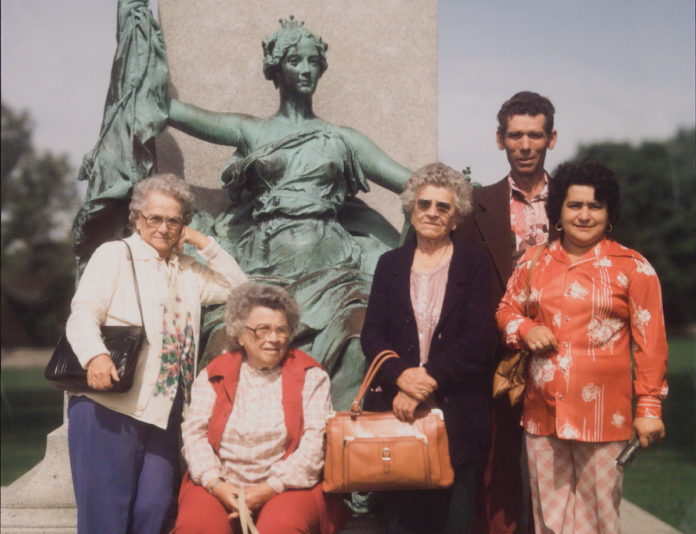
The Carleton University Art Gallery (CUAG) is set to launch its latest student-curated exhibition, Family Matters, March 11.
The exhibition was curated by Carleton students earning a graduate diploma in curatorial studies. It features artworks from nine artists in the gallery’s collection, as well as works from a few unknown 19th century photographers, all of which explore themes of family and belonging.
Curators are hoping the physical gallery space will be accompanied by a virtual video walkthrough. CUAG director Sandra Dyck said she is confident in the safety measures in place when the gallery is permitted to reopen.
“We were open twice last fall … as the public health restrictions changed,” Dyck said. “Now we’re looking ahead to figuring out when we will next be open.”
The curatorial cohort initially began organizing the exhibition in the winter semester of 2020.
Kendra Anderson is in her second year studying for her master’s degree in art history and graduate diploma in curatorial studies. She is one of six students who selected artworks for the exhibition from the CUAG collection.
“There were a lot of family portraits and a lot of themes of family that were coming up in the artworks we were looking at.”
She said the final touches to exhibition programming were completed after pandemic shutdowns began in March.
Rebecca Watson is also a student in the curatorial studies program. She said the collaboration between peers that it took to create the exhibition is what makes it unique.
“We each got to use our own perspectives to make it a much fuller, richer exhibition,” she said.
Watson said each collaborator’s definition of what family meant was unique. Her perspective focused on the artworks she chose to feature by queer Ottawa artist Evergon.
She said definitions of family vary based on each person’s background.
“Within the queer community, the idea of family can be kind of a contentious subject,” Watson, who identifies as queer, said. “Very often—not always—folks can feel rejected from their own biological families and so this concept of a ‘chosen family’ is something that I really wanted to make sure was present in the exhibition, and you can see that through [Evergon’s work].”
For Anderson, the exhibition’s theme of family meant highlighting ties to blood relatives and Indigenous communities in Canada.
“My close friends are close cousins, so family is really an everyday thing for me,” she said. “Especially with the pandemic, you kind of appreciate your chosen family and your blood family.”
Anderson lives in Mission, B.C., just north of Abbotsford, and is a member of both Métis and Anishinaabe nations. She chose to display artwork by David Neel, an artist from Kwakwaka’wakw First Nation, whose style reminded her of her experiences growing up.
“I grew up kind of immersing myself into Indigenous art,” she said.
Dyck said the collaboration and hands-on experience the exhibition provided students is crucial to their learning.
“It’s imperative that they get actual hands-on experience in a professional setting,” Dyck said. “Hands-on experiences are always incredibly valuable in study and in making the connection between theory and practice.”
The exhibition is expected to run until May 15.
Featured image courtesy of Michael Schreier.





